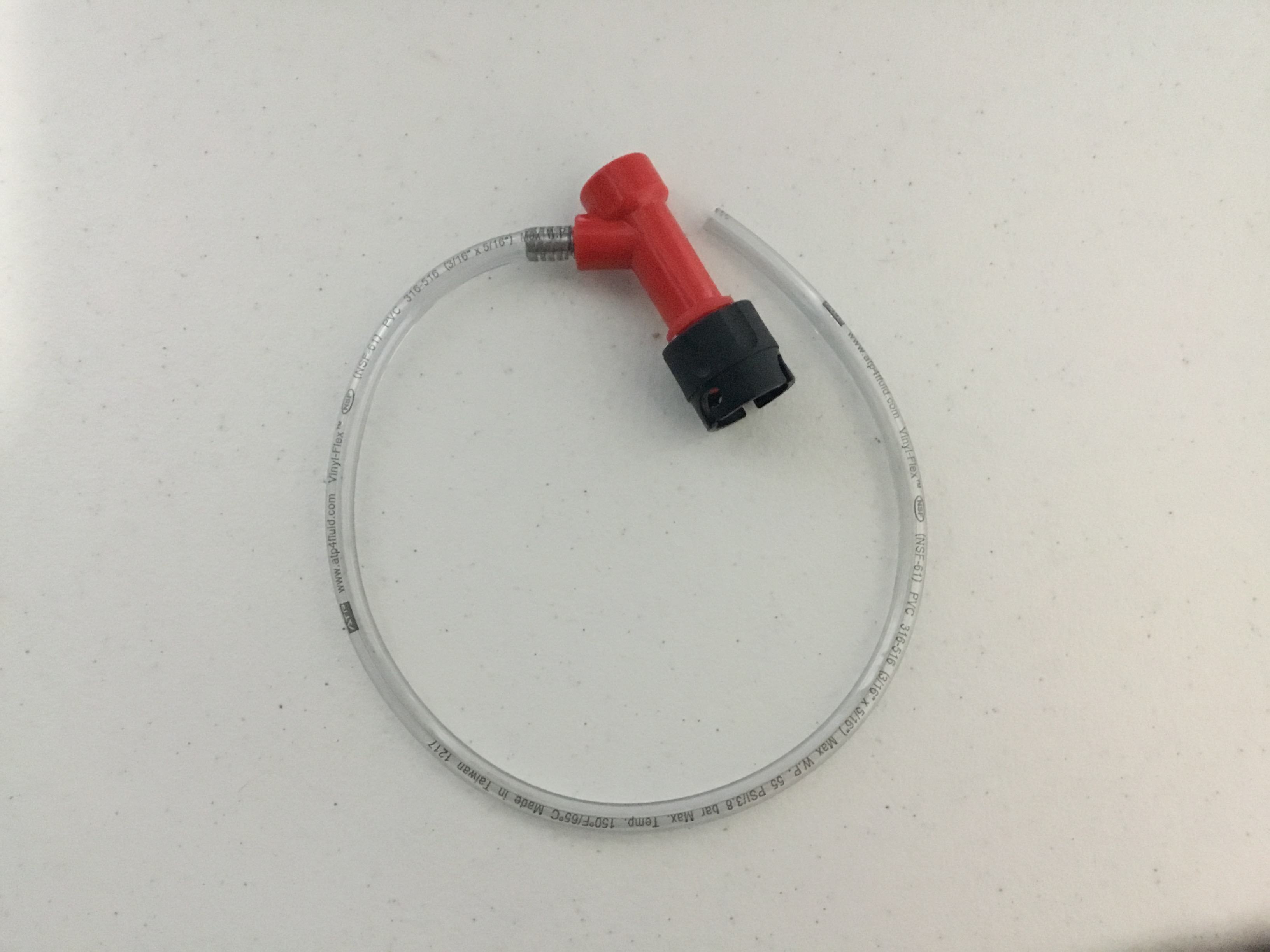North_of_60
Well-Known Member
I've also just let it go 14 days. I figure I can test gravity at any time by hooking up a picnic tap and filling a test jar. I figure there will be enough push from the co2 that the yeast created.
I do this but without a picnic tap, I just use a liquid tap with a short pice of tubing attached.












































![Craft A Brew - Safale S-04 Dry Yeast - Fermentis - English Ale Dry Yeast - For English and American Ales and Hard Apple Ciders - Ingredients for Home Brewing - Beer Making Supplies - [1 Pack]](https://m.media-amazon.com/images/I/41fVGNh6JfL._SL500_.jpg)















